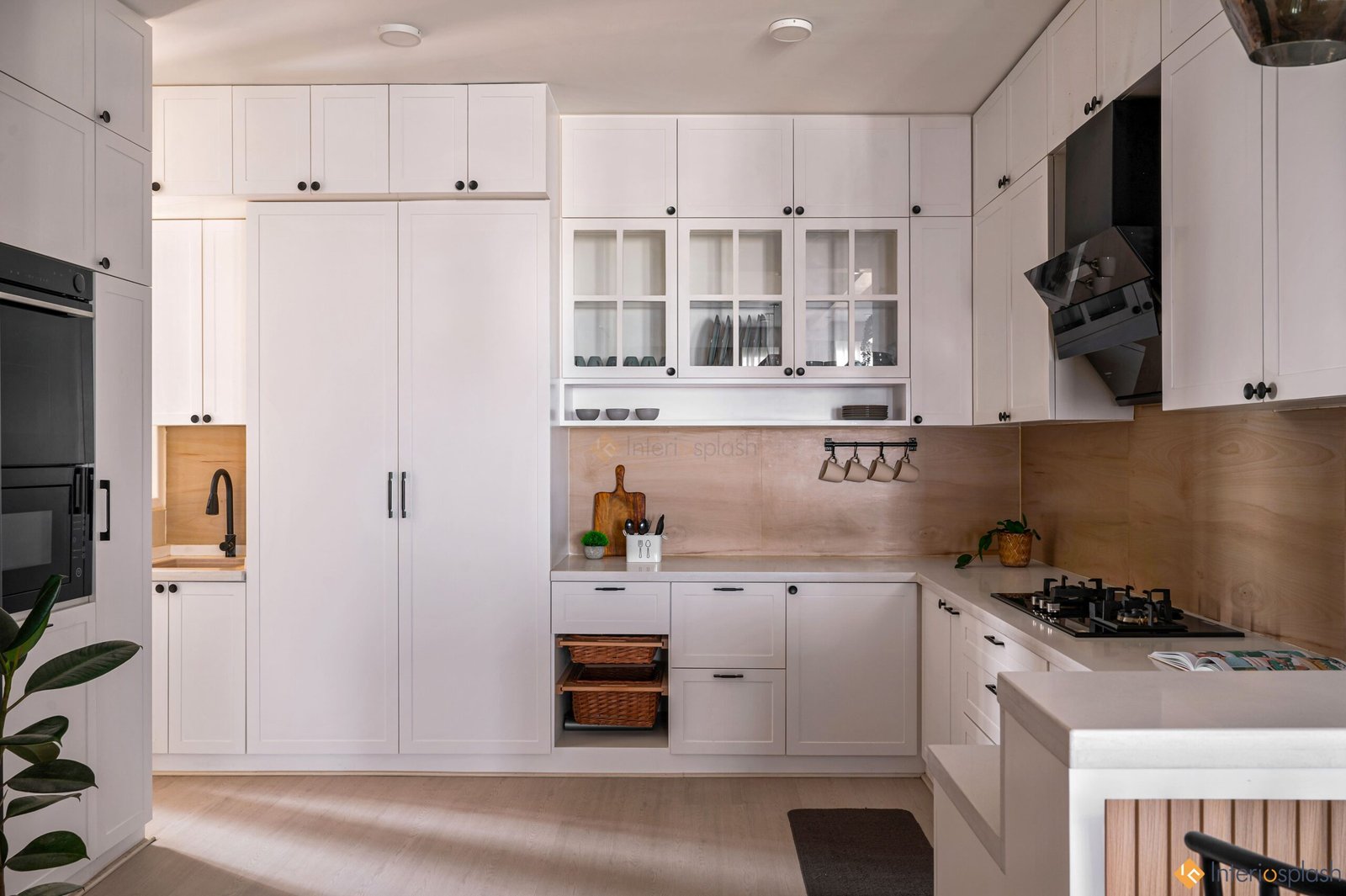Introduction
The layout and placement of furniture can make or break the aesthetic and functionality of any room. Interior designers have spent years mastering the art of arranging furniture to optimize space, create flow, and enhance the look and feel of home interiors. Whether you’re looking to refresh a room or starting from scratch, knowing the best furniture placement techniques is essential for a successful design.
In this article, we’ll dive into the favorite furniture placement strategies that top interior designers in Bangalore use to transform spaces. From maximizing small areas to ensuring balance in larger rooms, these techniques will help you make the most of your home interiors.
Why Furniture Placement Matters in Home Interiors
The way furniture is arranged in a room significantly impacts the overall vibe, comfort, and utility of the space. Poor placement can lead to cluttered or underutilized rooms, while thoughtful arrangements can:
- Improve the flow of movement within a space
- Enhance visual balance and symmetry
- Maximize natural light and ventilation
- Create focal points that draw attention to the room’s best features
- Increase functionality and comfort
Interior designers approach furniture placement with these factors in mind, ensuring each piece contributes to both the aesthetics and practicality of the home interiors.
Key Principles Interior Designers Follow for Furniture Placement
Interior designers rely on several guiding principles to ensure their furniture placement is effective. Here are some of the most essential strategies they consider:
1. Consider the Function of the Room
The first step to proper furniture placement is understanding the room’s primary function. For example:
- Living Room: Create conversation areas with seating that faces each other, or focus on a central feature like a fireplace or TV.
- Dining Room: Ensure there’s ample space around the table for chairs to be pulled out comfortably.
- Bedroom: Place the bed as the central feature, with easy access to walkways and essential furniture like nightstands.
2. Create Balance and Symmetry
Balance is a key component of well-designed home interiors. To achieve this, interior designers:
- Place larger furniture pieces (like sofas and beds) first, then arrange smaller items like chairs or side tables around them.
- Ensure symmetry by mirroring furniture placement (e.g., two chairs on either side of a couch or matching nightstands beside a bed).
3. Leave Enough Space for Movement
Designers ensure there is enough room for people to move freely around the space without bumping into furniture.
- Aim for a minimum of 18 to 24 inches between furniture and walkways in high-traffic areas.
- In living rooms, ensure seating arrangements allow for easy movement in and out of conversation areas.
Techniques Interior Designers Use for Specific Rooms
1. Living Room Furniture Placement Techniques
The living room is often the heart of the home, making its furniture placement critical. Designers focus on creating functional layouts that encourage socializing while maintaining a sense of balance and style.
- Anchor with a Focal Point: Interior designers often design living rooms around a focal point, such as a fireplace, large window, or entertainment unit. This helps center the room, with seating arranged to complement the main feature.
- Group Furniture for Conversations: Designers recommend arranging seating in a way that encourages conversation. Chairs and sofas should face each other or be positioned in a U-shape around a central coffee table.
- Consider Traffic Flow: Keep main pathways clear to prevent any awkward navigating around furniture. Designers suggest leaving about 3 feet of space between large furniture and doorways.
2. Bedroom Furniture Placement Techniques
Bedrooms are private spaces meant for relaxation, so the layout must promote a calm and comfortable atmosphere.
- Position the Bed as the Focus: The bed should be placed against the largest wall, typically opposite the doorway, making it the natural focal point when you enter the room.
- Symmetry with Nightstands: Interior designers often pair the bed with two nightstands on either side for a symmetrical and balanced look.
- Avoid Cluttered Corners: Ensure there’s enough space around the bed for easy access. Interior designers recommend leaving at least 2 to 3 feet of clearance on each side of the bed.
3. Dining Room Furniture Placement Techniques
The dining room layout needs to ensure there’s enough room for people to move around the table, pull out chairs, and sit comfortably.
- Center the Table: The dining table should be the centerpiece of the room. Position it in the middle to maintain balance and allow for even distribution of chairs around it.
- Maintain Chair Spacing: Interior designers advise leaving 36 to 48 inches between the table and walls or other furniture to give ample room for chairs to be pulled out.
- Use Lighting to Highlight: Place a chandelier or statement light directly above the table to anchor the dining area and enhance the ambiance.
Advanced Furniture Placement Tips from Interior Designers
For those looking to take their home interiors to the next level, interior designers also rely on a few advanced techniques:
1. Layer Furniture for Depth
Designers often layer furniture to add depth and dimension to a room. For example:
- Pairing a sofa with accent chairs at different angles creates visual interest.
- Using rugs to define areas within open-plan spaces, like separating a dining area from a living room.
2. Use Multi-Functional Furniture
In smaller homes or rooms, designers recommend using multi-functional furniture to maximize space without compromising on style.
- Opt for ottomans that double as storage or coffee tables that expand for additional dining space.
- Designers often use sectional sofas to create flexible seating options in limited spaces.
3. Experiment with Angled Placement
While most furniture is placed against walls or in alignment with them, interior designers sometimes angle pieces like chairs or desks to create a more dynamic and informal arrangement. This is especially useful in rooms with unique architectural features or asymmetrical layouts.
Conclusion
Effective furniture placement is crucial to creating beautiful and functional home interiors in Bangalore. Interior designers approach this task with a deep understanding of space, movement, and balance, ensuring that every piece of furniture serves a purpose while enhancing the overall design. By applying these expert techniques, you can transform your own spaces into stylish, comfortable, and practical environments that reflect your personal style.
Whether you’re redecorating a single room or redesigning an entire home, remember to focus on the function of the space, maintain balance, and leave room for movement. With these interior design insights, you’ll be well on your way to mastering the art of furniture placement.


